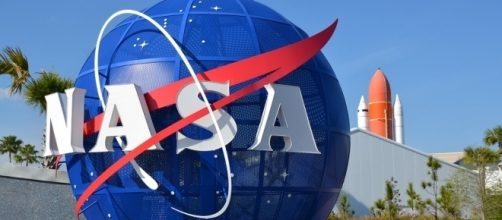NASA stated on Monday, June 19, that astronomers using the Kepler Space Telescope have identified some new exoplanets in the Milky Way, which may have a habitable environment similar to the Earth. The astronomers were successful in detecting 219 possible exoplanets, which could be similar to our own planet.
Kepler Space Telescope and its mission
The Kepler Space Telescope in its first phase mission scanned almost 200,000 stars in the Cygnus constellation to find exoplanets with similar environment and habitable conditions like the Earth. The official catalog of the Kepler observation contains 4,034 total “candidates”.
These tiny blips of data are believed to be a planet around a star, reflecting the light of its parent star.
Out of these 4,034 possible candidates, 49 fall in the parent star’s Goldilocks region or the “habitable zone” in the solar system. The Goldilocks zone ensures that the planet is at a distance from its sun so that water can exist in a liquid state on the surface of the planet and also underneath. Moreover, planets in the Goldilocks zone also exhibit optimum temperature to support growth and development of life.
The Kepler Telescope was lifted off into space in 2009 to orbit around the sun, to understand the “demographics” of our galaxy. In layman terms, the telescope was sent to look for other exoplanets in our galaxy which can manifest life like Earth and also to gather information about the other stars in the Milky Way, as well as how many planets revolve around them.
During the first four years of Kepler mission, the telescope surveyed just .025 percent of the sky. NASA estimates that every potential planet that the Kepler detects is at least 100 to 200 lurk away from the telescope’s reach. However, with time and advent of far more sophisticated models, NASA scientist intend to use the Kepler’s catalog to guess how many stars in the Milky Way have the potential to host an exoplanet with similar conditions like that of Earth.
10 Earth-like exoplanets discovered
Susan Thompson, a research scientist with the Kepler and also the lead author the Kepler catalog study, says that she and her team are confident about the fact that they have found 10 new exoplanets with “Earth-like” features residing in the Goldilocks zone.
In the study, the researchers state that several of these newly-discovered exoplanets orbit stars that belong to the same species as our sun. These stars are also known as G dwarfs. However, one planet named KOI 7711, where KOI stands for Kepler Object of Interest, can be a possible candidate for Earth 2.0.
The KOI 7711 is 30 percent bigger than our Earth and is almost at the same distance from its own star Earth is from the sun. However, the exoplanet has a rocky surface, unlike our planet. Thompson cautions that it is too soon to conclude if KOI 7711 boasts features and environment similar to that of Earth.


